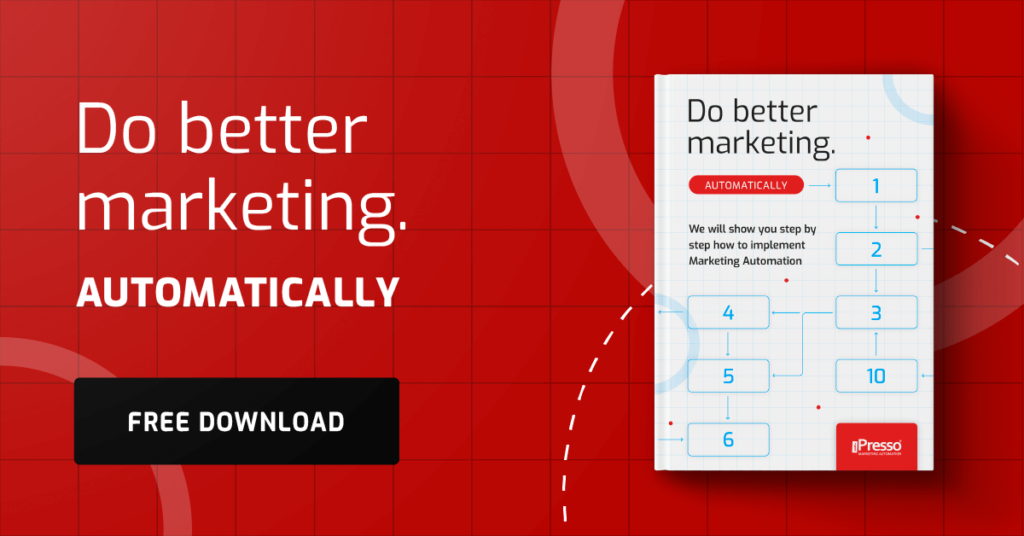5 reasons why you need frequency capping in your advertising campaigns

In digital marketing, more is not always better. Certainly, that’s the case with frequency capping, i.e., limiting how often people see your ads. In general, you don’t want to go overboard with your ad impressions as their effectiveness goes down and CPA (cost per acquisition) goes up. Read on to see why you need frequency capping in your ads. There are five good reasons for that!
Whether you need frequency capping or not depends mostly on the type of campaign you’re running. For example, search campaigns in Google Ads are being capped automatically by Google algorithms. However, for display and video campaigns, you may need to set frequency capping manually.
It’s a similar story with Facebook Ads. If you’re bidding for conversions, Meta will handle capping automatically. However, if reach is your goal, you may need to adjust capping manually. And you definitely want to do so! And here’s why.
Increased effectiveness of your campaigns
The first reason is the most important one. You don’t want to display the same ads to the same people too many times. Most of the time, it will result in the CPA (cost per acquisition) going up. Plus, you will probably simply irritate people who are not in your target audience (that’s why they haven’t clicked your ads in the first place), yet keep seeing your ads nonstop.
Some time ago, Social Media Today conducted a study of over 10,000 ads across multiple social media advertising accounts. According to their findings, the peak ad frequency is shown to be between 1.8 and 4 views on average for an ad. What happens beyond this threshold?
Image source: https://www.socialmediatoday.com/news/facebook-ad-frequency-how-high-is-too-high/532559/
As the frequency increases, the CPA increases, too, because if users are seeing your ads and not taking any action, then they’re either not the right audience, and/or they’re being turned off by the number of times they’re seeing the same ad (ad fatigue). That said, if you want to keep your ads effective, you need to keep capping active.
Ad fatigue
Ad fatigue is real. When people keep seeing the same ad over and over, they get irritated—and often end up deciding not to buy the product or service, even if they’re technically part of your target audience. You don’t want to bombard potential customers with repetitive ads. This happens all the time on streaming platforms, where the same commercial might play three or four times during a single show.
The result? The music, the actors, the brand—everything becomes annoying. It’s a quick way to turn people off, not win them over. Also, keep in mind that the more someone sees the same message, the less impact it has. What might have caught their attention the first time becomes “background noise” by the fifth. Even the most creative, well-produced ad loses its effectiveness when it’s repeated too often.
Improved ROI
You need to face the facts, if someone didn’t click your ad after seeing it two or three times, they probably will not click it after seeing it after the fifth or sixth time. Instead of following the same prospects over and over again, you ought to concentrate on new customers/users who haven’t seen your ads yet.
Plus, don’t forget that impressions cost money. So why waste your budget on people who’ve already decided not to engage? By setting a frequency cap, you’re making sure your ads reach new customers instead of chasing the same uninterested ones. Displaying your ads to a broader audience of new prospects is more effective in terms of ROI (return on investment).
Budget optimization
Here’s one more important thing to consider. When you don’t control how often your ads are shown to the same person, your budget can disappear very quickly. And the conversions column may still show 0. You don’t want to pay for impressions and clicks that have no real chance of converting. By setting frequency caps, you ensure your money is spent on reaching more people, not just the same ones again and again.
Capping also helps prevent your ad budget from being exploited too quickly by a narrow audience segment. When you spread impressions more evenly across a broader pool, you avoid overpaying for your campaigns. Additionally, this way, you give your campaign more breathing room, which is immensely helpful in terms of getting more consistent, long-term results.
Protect your brand image
The last reason we want to discuss refers to your brand’s image. Showing the same ad to the same audience over and over again is detrimental from the branding perspective. There are two aspects of this issue:
- Your brand comes across as desperate: When an ad keeps popping up, it can start to feel desperate or pushy, making your brand seem less trustworthy or even low-quality. Again, that’s the way to lose potential customers, not win them.
- Your brand comes across as lazy: If people keep seeing the exact same ad, they start to assume you have nothing new to say, don’t put enough effort into creating new ads, or are simply not relevant to your audience.
If you want to build an image of a creative, trustworthy, and high-quality brand, you simply have to introduce frequency capping to your ads and commercials.
Wrapping up: Get ready for effective marketing!
Digital campaigns can be extremely effective, but you need to check some of the important boxes. One of them refers to the frequency of displaying your ads to the same people. Take care of frequency capping, and you will see the effectiveness of your ads go up!
And if you’re looking for a trusted marketing partner who will help you create and run effective campaigns, we’re here to help! With iPresso, you get access to 30+ tools that help you with different aspects of your marketing. If you’d like to find out more, reach out today. All you need to do is fill out and send this short brief. Our team will take it from there and get back to you with a free demo of our platform!



